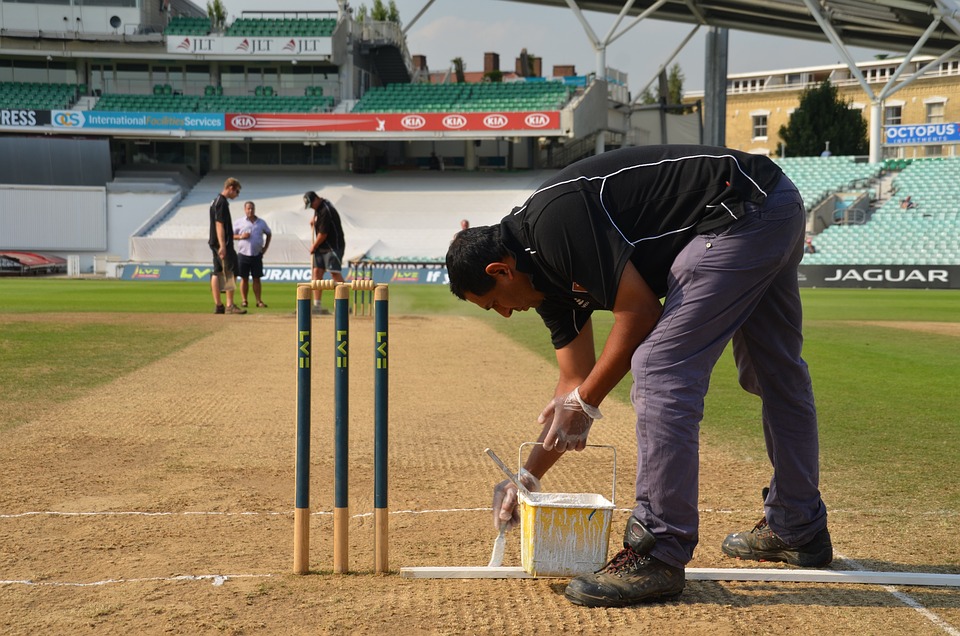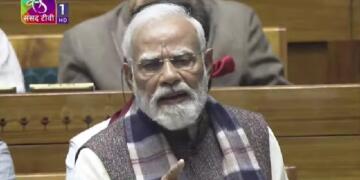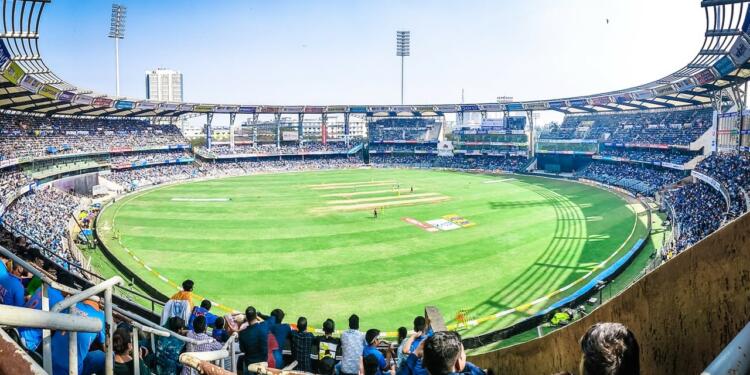India’s name remains on the Border-Gavaskar Trophy, at least for another couple of years, after they clinched the recent four-Test series 2-1. In the first series between the two nations since 2016/17, India started strongly to open up a 2-0 lead before showing mental strength to bat the Aussies out of contention in the fourth and final Test. The defeat for Australia is by no means the best preparation for this summer’s Ashes series in England. This, coupled with England’s resurgence under Brendon McCullum and Ben Stokes, has seen England become favorites to win back the Ashes. They are odds on at 10/11 with bet365. This operator is one of the most respected in terms of its welcome offers, as well as the strength of its licenses, odds and available payment methods.
India’s 2-1 Border-Gavaskar Trophy series win means that they have secured safe passage to the ICC World Test Championship final on June 7, 2023. The final, staged at The Oval in London, will once again feature India and Australia, with both nations having proved their consistency in the last 18 months. It will be India’s second time in the ICC World Test Championship final following their loss in the inaugural final of 2021 to Kane Williamson’s New Zealand.
Let’s take a look at how India got to the final again this year.
Also Read: Border Gavaskar Trophy would be bigger than India-Pakistan, only if the Aussies…
The story of India’s 2-1 Test series win against the Aussies
India got the ball rolling with an emphatic first Test victory over Australia by an innings and 132 runs. After posting a rock-solid first innings total of 400 in Nagpur, Australia could only muster 177 runs in their first innings and were made to follow on. They then crumbled with their second-lowest score in history against the Indians, bowled out for a measly 91. The Australian batters once again looked susceptible to spin, with Ravi Ashwin picking up a five-wicket haul in the decisive second innings.
This set the tone for the second Test, which proved even more one-sided than the first. In fact, India dominated and closed out the contest inside three days to take an unassailable 2-0 lead to retain the Border-Gavaskar Trophy. This time it was Ravindra Jadeja who had the last laugh, registering his career-best bowling figures of 7-42 as the Australians threatened to be bowled out for double-digits in successive Tests. India required just 115 to win in their second innings and, despite an early wobble from the top order, their modest target was comfortably achieved with six wickets in hand.
The third Test resulted in a trip to Indore, which proved to be low-scoring for both teams. This time it was the turn of the Australian spinners to get in on the act, with Nathan Lyon taking 11 wickets in the Test, with three first innings to set the tone, bowling India out for just 109. Australia’s first innings of 197 proved to be competitive in the end, with India’s 163 second innings leaving the touring nation with a meager total of 78 to clinch victory and halve the deficit.
The fourth and final test was staged in Ahmedabad. Although India already had the Border-Gavaskar Trophy sewn up, they wanted to win the series outright. Australia took the early initiative with a composed 480 in their first innings. However, Virat Kohli would upstage the Australian batters again with a gritty 186, helping India to 571 in their first innings reply.
Across the five days, only 24 wickets eventually fell, with Australia able to bat out the rest of their second innings and both teams agreeing to a draw at 175/2.
Attentions now turn to The Oval

The upshot is that India have now won their last four Test series against Australia back-to-back. This puts India in good stead for the ICC World Test Championship final at The Oval. The final will prove to be a fascinating encounter, particularly as neither side will be able to rely on a heavily turning wicket in Surrey. In fact, both Australia and India have shown themselves to be susceptible to English conditions when the ball is swinging.































